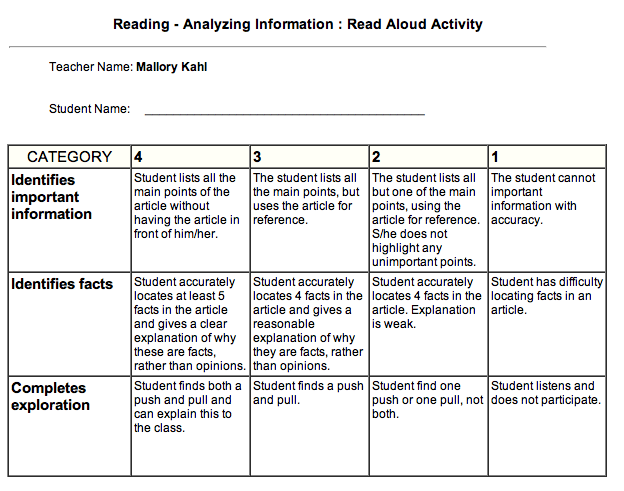


While convergent thinking is an important part of building math fluency, divergent thinking allows students to understand the base concepts underlying their work. This takes place at the third or fourth DOK level. It’s usually reserved for first or second DOK levels, and can be used to answer questions that require a limited range of skills and knowledge (like multiple choice questions).ĭivergent thinking requires students to start with one prompt, then think critically about it to diverge towards to distinct answers (think essay-writing, brainstorming and creative analyzing). Solve math problems fasterĬonvergent and divergent thinking are two terms coined by American psychologist JP Guilford in the 1950s.Ĭonvergent thinking means understanding how separate pieces of information can be used to reach one solution. Plus, it’s a great tool for teachers looking to keep track of student comprehension.įor a detailed explanation of the eight standards and ways to teach them, read 8 Common Core Math Standards, Explained. Math journals: Writing out the steps they took to solve a problem helps students to understand where they got stuck.Encourage peer discussion: Common Core standards place a large focus on critical thinking and problem solving - two things that students can learn by talking through problems with their peers.Use modular tools: Younger students can model their problems using number blocks, and older student can use everyday objects to “act out” the concepts they’re learning.If that’s you, here are some techniques to get you started: Since it’s so new, instructors have struggled to prepare materials that align with the standards. Ĭommon Core math is a new framework that seeks to improve students’ conceptual understanding of math by encouraging problem-solving, critical thinking, and discussion skills. For more actionable classroom management teaching strategies, read 20 Classroom Management Strategies and Techniques.Avoid collective punishment: While it can be difficult, make a point of calling out disruptive behaviours on an individual, not collective, basis.Encourage initiative: Allow students to actively participate in the learning process with class discussions and exercises that support the initiative.Model ideal behaviour: Clearly explain proper behaviour, and then follow it yourself.Some tips for building a positive environment include: When students clearly understand what’s expected of them, they’re more likely to be focused and engaged with their lessons. This can lead to confusion for students and frustration for teachers.
#Science infographic rubric professional
Click to expand!Īccording to research from 2006, teachers overwhelmingly reported a lack of professional development support when it came to improving their own classroom management strategies.

Infographic: 20 Classroom Management Strategies and Techniques.


 0 kommentar(er)
0 kommentar(er)
